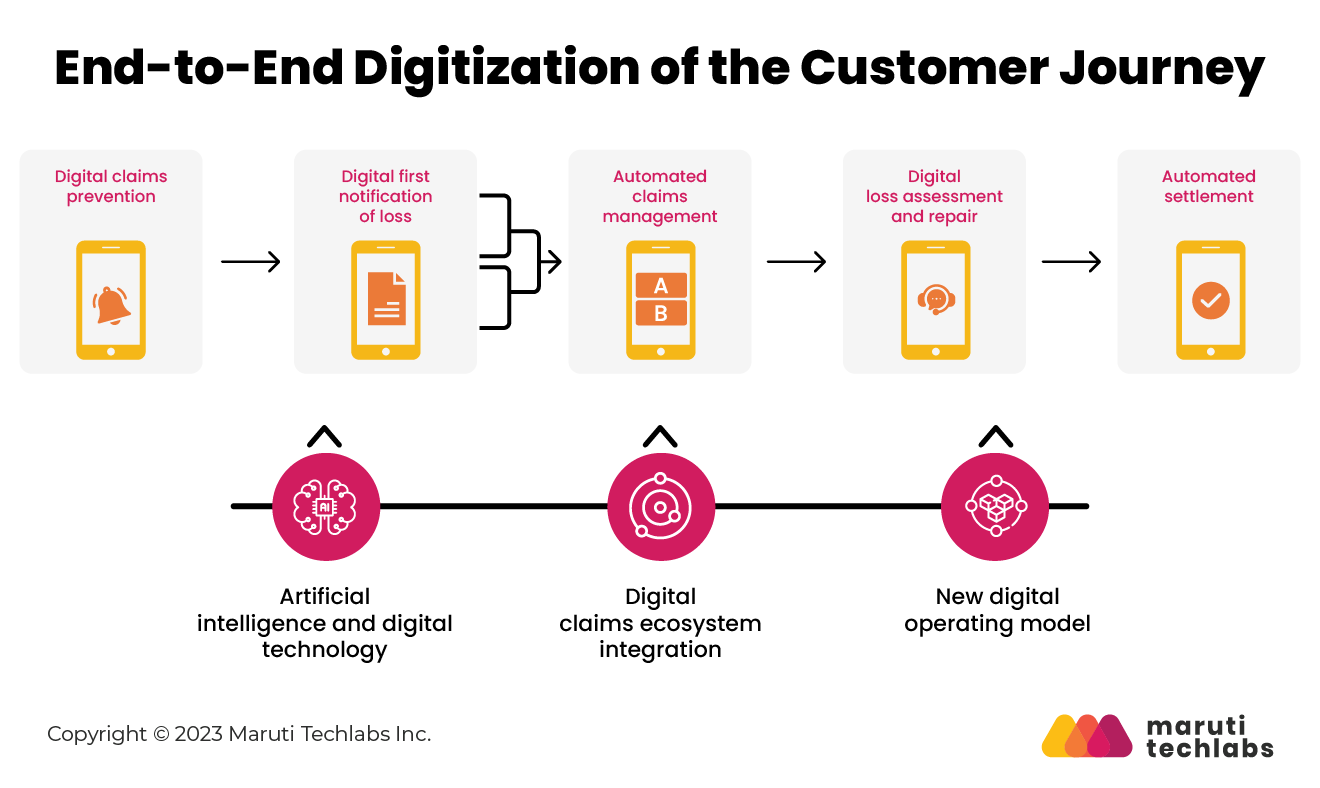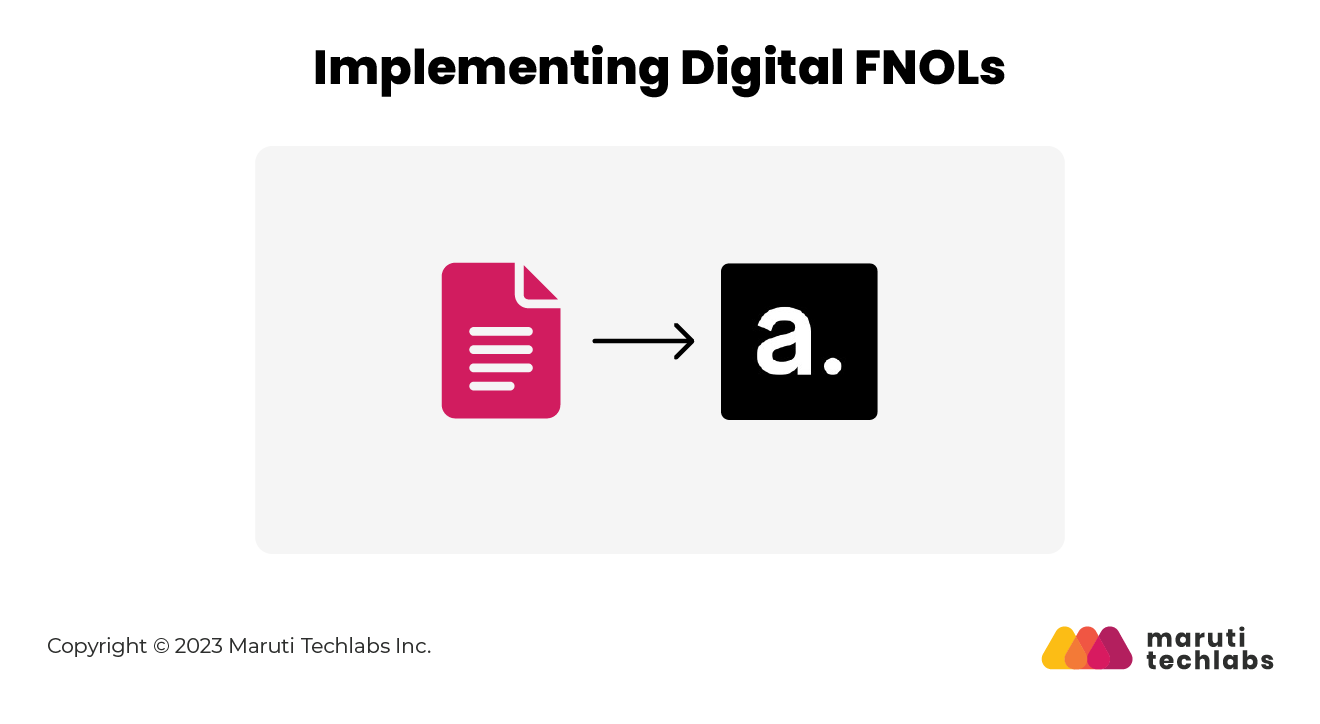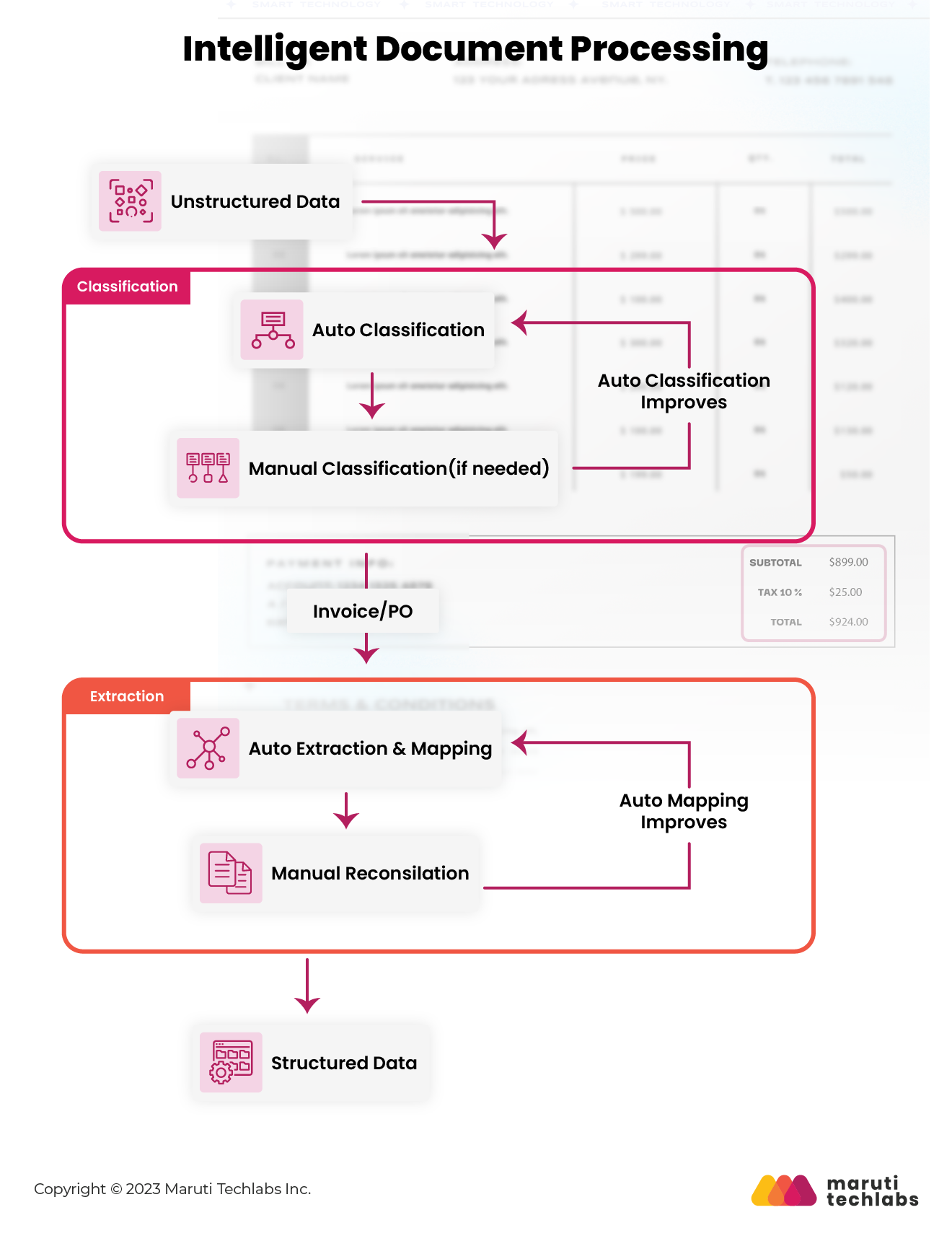If you’ve experience working with insurance claim processing, you might be familiar with the challenges that come with it:
- The manual hassle of entering and validating claims data
- Visiting remote sites for damage inspection
- Prolonged claims processing cycle affecting customer engagement and retention
- Unorganized and misstated data storage and duplication
- Overpayments due to inaccuracies in claims calculations
The list goes on.
In today’s day and age, insurers aren’t as helpless as they were 20 years ago. The advent of automation technologies such as AI and machine learning is making waves in transforming the insurance claim processing system for good.
One of the core processes with insurance firms is claims processing. Claims processing manages policyholder claims, involving initial contact to case resolution tasks. It includes reviewing, investigating fraud, adjusting, and deciding on claim acceptance or rejection. Claims can be simple or complex, but legal and technical checks are necessary before approval.
Claims processing also involves time-consuming administrative duties that insurers may prefer to outsource.
To your advantage, Machine Learning (ML) is proficient in organizing structured, semi-structured, and unstructured datasets when applied using exemplary practices. Machine learning in claims processing has plentiful applications. ML has much to offer in automating internal processes, from self-service FNOL intake and document processing to damage evaluation and auto-adjudication.
The Chinese insurance industry has embraced technology, particularly AI, IoT, and big data, to revolutionize its services. Chinese tech giants have set a benchmark for pioneering insurance innovations. WeSure, emerging from the messaging app WeChat, celebrated a user base of 55 million on its second anniversary.
The main challenge for Chinese insurers is to move beyond traditional offerings and merge insurance with other financial services, thereby enhancing customer satisfaction. In contrast, the insurance industry in the US lags in customer experience metrics like Customer Satisfaction Score (CSAT) and Net Prompter Score (NPS), failing to meet rising expectations compared to other industries.
The claim-filling process is the most significant contributor to customer satisfaction. Therefore, let’s delve into the areas where you can implement machine learning in claims processing and the challenges you’d face while executing the same.
Implementing Machine Learning In Claims Processing Automation
From claims registration to claims settlement, operational competence in insurance can be increased to a great extent by implementing machine learning in insurance claims.
It isn’t surprising that many companies have already introduced automated claims processing, enhancing customer experience while expediting their claims management process.
Machine learning in claims processing also offers the following advantages to insurers:
- Enhance understanding of claims costs
- Reduce expenses with efficient claims cost management
- Implement proactive management strategies
- Accelerate claim settlements
- Conduct targeted investigations
- Optimize case management
- Allocate funds to claim reserves effectively
Tokio Marine, a multinational insurance holding company, is an evident example of AI-based claims document recognition system. They have implemented a cloud-based AI Optical Character Recognition (OCR) service to process handwritten claims documents.
With this initiative, the company reaped benefits such as reduced document overload, enhanced customer privacy and regulatory compliance, increased recognition rate, and quicker claims payments.
The insurance industry is adapting to insurtech to fully or partially automate particular tasks. For insurers, machine learning offers efficient and automated claims management, and advanced AI, when applied to big data sets, can denote new patterns and spot data trends.
Application Of AI And ML In Insurance Claims Processing

To understand the contribution of AI and machine learning in claims processing, one must first learn the contributions of big data.
Earlier, due to the limitations in data storage, it was challenging to store volumes of information. However, it's no sweat for modern computers to store terabytes of data today. But how to find relevant data in such big data sets?
Only by using artificial intelligence and its subfields like machine learning can one extract sensible information from heaps of data. In claims processing, such abundant and meaningful data can be leveraged to examine claims more accurately while detecting subtle differences that aren’t visible to human minds.
Now, let’s look at how automation improves various aspects of claim processing. We’ll start with the first point of contact between the insurer and the claimant
Self-Service FNOL Intake
First Notice of Loss, or FNOL, is the primary report an insurance company receives that an asset is damaged, stolen, or lost. It’s a document that records the details of the incident and damages, followed by the customer’s narrative of what had transpired.
Many insurance firms still follow the traditional process of acquiring FNOLs via calls. But this process often demands numerous follow-ups to garner information from the insured.
eFNOLs are different from conventional ones. Here, the claimant doesn’t need to call the insurer or hand the documents in person. Instead, customers can try a chatbot or mobile app to fill in the required details, upload media files and document scans, and foster quicker and more accurate claims cycles for insurers.
How to Implement Digital FNOLs?

These are the two main components of an automated FNOL intake system.
- A customer-facing UI, i.e., a web form, mobile application, or a chatbot in a messenger.
- A claims management platform that would collect and analyze claims.
If you plan on investing in a modern claims management system for insurance, you can ask your provider which FNOL intake systems it integrates with. Few providers, such as Snapsheet and Guidewire, offer digital out-of-the-box FNOL interfaces. If their catalog offers nothing worthwhile, you can choose a third-party digital FNOL. Capgemini and Wipro offer digital FNOLs that can be integrated using APIs using your IT efforts.
If you’re working with a legacy system and don’t possess the resources or budget to modernize the same, you can still integrate digital FNOLs. You only need to connect with an older EDI connection, such as OneShield, and Netsmart. One of the other cheaper yet effective options is to design your own FNOL intake form congruent with your workflow.
eFNOLs also offer great assistance with enhancing customer experience. However, they might work differently for insurers that still follow their regular workflows, such as digitizing handwritten and photographic evidence, transcribing video and audio reports, and connecting with customers to learn missing information.
Advancement in technology does offer claims processing solutions to the limitations mentioned above. Let’s have a look at what those solutions are.
Intelligent Document Processing (IDP)

Read the Full Article: Revolutionizing Insurance Claims Processing with Machine Learning


No comments yet